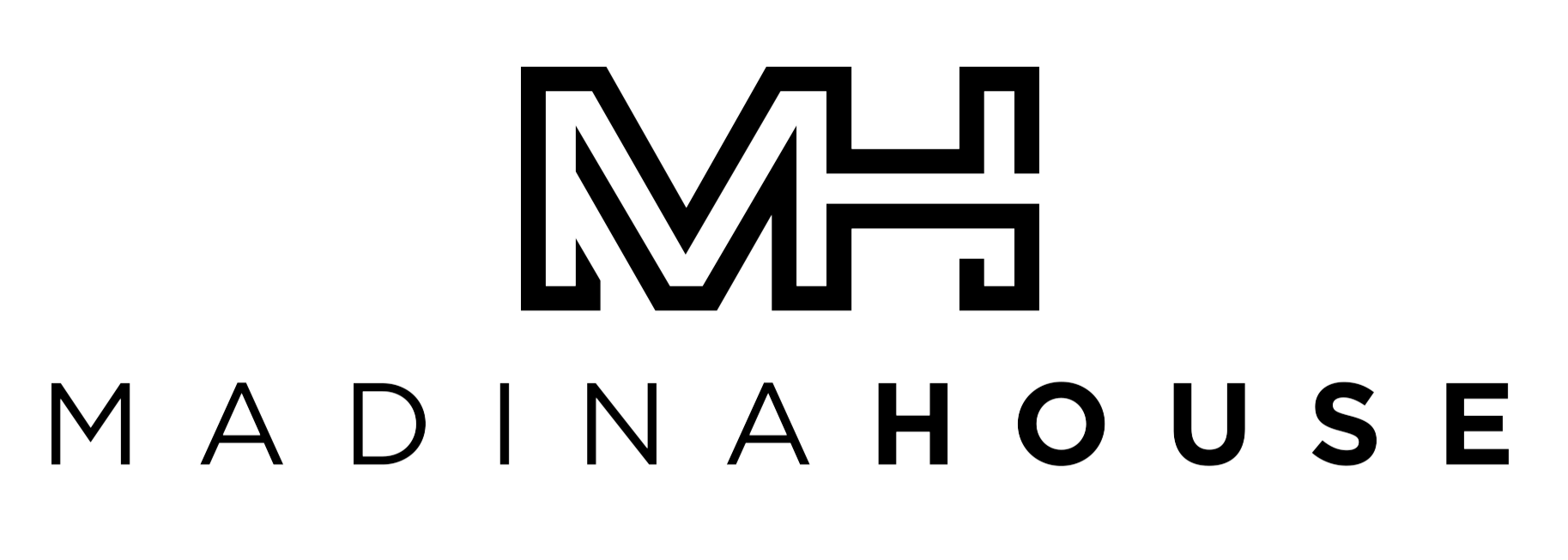
SOBER HOUSING PROGRAM
The following five points are highlighted in the sober living home to maintain long-term sobriety
-
Substance use treatment is incorporated in the recovery residence, including 12-step meeting logs, recovery skills groups, and daily house meetings. Substance use is monitored through regular lab testing. Patients who are struggling to stay substance free are transferred to the local residential program and can return to the home on discharge. Sober living environments have been shown to improve sobriety rates by 58% at 6 and 12 months (Polcin et al., 2010).
Polcin, Douglas L., et al. "What did we learn from our study on sober living houses and where do we go from here?." Journal of psychoactive drugs 42.4 (2010): 425-433.
-
Mental health and medical treatment is available through multiple affiliated clinics including the health department. Residents without insurance work with insurance navigators to obtain medical care.
-
MadinaHouse provides affordable housing at a rent that is 70% below the area median income. Emphasis is placed on financial management and developing financial freedom. Unemployed residents apply for financial assistance while they find a job.
-
Unemployed residents work with multiple employment organizations to develop their resume and apply for jobs. Being of service through regular work or school is an essential part of early recovery.
-
Educational opportunities are available through community partners. This includes free GED classes, computer classes, and college classes.
What Are The Outcomes of The 5-Point Program?
Read our story through numbers below…
Individuals join the house with a variety of substance use histories.
At the home, they engage in outpatient programs, addiction counseling, support groups, life skills training, and psychiatric care.
% of MadinaHouse Residents
% MadinaHouse Residents
Most of our residents have experienced homelessness & incarceration.
Housing, financial assistance, linkage to employment, and education are just as important as substance use and mental health treatment. Studies repeatedly show that these five points prevent relapse and recidivism
(Nathan James. Offender reentry: Correctional statistics, reintegration into the community, and recidivism. Congressional Research Service, 2014)
Residents grow in the home while drawing strength from their roots and connecting back to their diverse communities.
After solidifying a new way of life and rebuilding bridges, house members move out on their own, reconnect with family, and pursue their life goals.
Our sobriety rates are similar to the published literature.
Studies show sober living environments improve sobriety rates by 58% at 6 and 12 months. (Douglas L. Polcin, et al. "What did we learn from our study on sober living houses and where do we go from here?." Journal of psychoactive drugs 42.4 (2010): 425-433.)
Length of Sobriety On Discharge
% MadinaHouse Residents
Madina House is a 501(c)(3) non-profit organization that started to address substance use disorder in underserved populations through sober housing and free counseling programs. The sober homes are all donated by private donors, do not generate profit, and operations are supported by community donations and unpaid volunteers. Statistics above are based on the first year of operations. Madina House Clinic is an affiliated medical organization that accepts medical insurance to provide a professional service and is not supported in any way by donations or volunteers.









